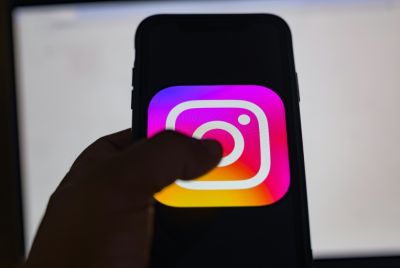Apple supplier Hon Hai seeks hi-tech future
Hon Hai Precision Industry, Apple Inc's biggest manufacturing partner, is seeking to transform itself into a technology firm and leave behind the low-margin contract business that has made it one of the world's biggest makers of other firms' products with revenues expected to top $101 billion this year.
The company's chairman, Terry Gou, told reporters after the annual shareholders meeting in Taipei on Wednesday that Hon Hai was not going to build its own brand, but would instead look to grow through technological prowess.
We are a high-tech manufacturer, not a traditional contract maker, said Gou, the billionaire founder of the company, which started out making plastic radio knobs and is now the flagship unit of the huge Foxconn group.
We will not give up the manufacturing business. Global players are giving up this market so there are plenty of opportunities left for us, he added, noting that the firm is in cooperation talks with a number of top Japanese hi-tech firms, including Sharp, Canon and Hitachi.
The contract manufacturing business, a mainstay of Taiwan's economy, is being pressured by rising labor and other costs that are squeezing already paper-thin margins and prompting makers to think of new ways to grow. Hon Hai's operating margin fell to 2.87 percent in 2010 from 5.43 percent in 2005.
Hon Hai has faced higher costs ever since it sharply raised wages in China following a series of suicides at its plants last year that critics blamed on poor working conditions.
Last week at the Computex computer show in Taiwan, Ray Chen, president of Compal, the world's second-largest contract laptop maker, said there was no choice but to change the contract manufacturing business model.
We'll have to move up the ladder and come up with more innovative products to lift margins and average selling prices, Chen told Reuters at the show. That is why we have been trying to focus on innovation and R&D.
Hon Hai's Gou also laid out a number of other measures the company is taking to ensure future growth, including considering becoming a holding company and improving efficiency and productivity.
Gou sees completing new factories in China and moving existing plants to inland China as also contributing to a surge in revenue and profits over the next year. He will also focus investment on BRICS countries, he said.
This is a year for solidifying our base. Next year will definitely be a harvest year, Gou said.
Hon Hai unit Foxconn International Holdings Ltd, the world's top contract cell phone maker, said last month it expects a dramatic improvement in its 2011 results, helped by demand for smartphones.
Analysts say Hon Hai is moving in the right direction.
It's doing the right thing for the long term, said Arthur Hsieh, analyst at UBS.
But whether it can grow its operating profit still needs time to observe, because there are many uncertainties such as macro-economic conditions and its plant relocation progress.
The company is also likely to see better revenues next year, with companies like Apple unlikely to be able to find other suitable makers and given that Hon Hai was one of the first contract makers to raise wages, so it has already taken some hits to earnings.
What Terry Gou said was largely in line with my expectations because I'm also expecting the second half to be better, said Calvin Huang, analyst at Daiwa Securities.
In a way, it's suffered before anybody else by raising wages and shifting its factories and so, it will start recovering before others.
The Foxconn group made headlines last year after reports emerged about poor working conditions at factories in southern China, which critics say may have helped drive several employees to suicide.
Earlier this month an explosion at a plant in Chengdu in western China killed three people. Gou said the explosion was not a result of bad management, but said the company didn't have enough experience. He did not elaborate.
(Additional reporting by Faith Hung in Taipei and Lee Chyen Yee in Hong Kong; Writing by Jonathan Standing; Editing by Matt Driskill)
© Copyright Thomson Reuters 2024. All rights reserved.





















